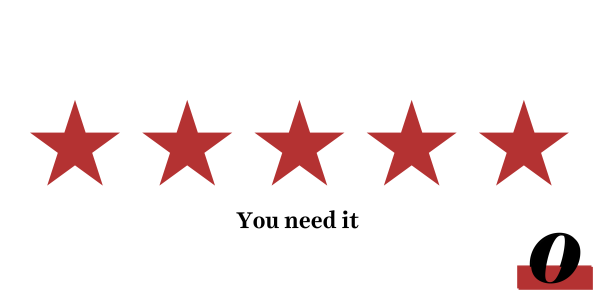Musician Ashley Frangipane, professionally known as Halsey, released her album “The Great Impersonator” on Oct. 25, on all major streaming platforms. The album featured a wide range of genres, drawing influence from many types of music. “On first listen, the jumps between genres could be seen as messy or unpredictable, but with the heartbreaking feel of the album, sudden changes fit quite well,” News Staffer Abigail Holloway wrote. Photo fair use of Columbia Records
Musician Halsey released her fifth studio album “The Great Impersonator” on Oct. 25, inspired by her medical battles. With its raw and unfiltered lyricism, “The Great Impersonator” is her best album thus far.
Ashley Frangipane, professionally known as Halsey, released her studio album “The Great Impersonator” on Oct. 25, to all streaming platforms. This serves as her fifth studio release and, based on the well-thought-out lyrics, and nicely crafted sound, is her best album.
Halsey originally announced the new album on June 4 in an Instagram post where she also revealed she had been diagnosed with lupus and a rare lymphoproliferative disorder in 2022, stating, “long story short, i’m lucky to be alive. short story long, I wrote an album.”
This album features a lot of very straightforward and literal lyrics such as “I saw a deer that must’ve gotten hit, it made me start to cry” and “Please God, I don’t wanna be sick”. This simplicity, when balanced with metaphorical language, makes the album more relatable to listeners as they don’t have to parse through complex language at every turn of the album’s 19 songs.
Those listening less to the lyrics and more to the instrumentals will be met with a more upbeat and whimsical album. But those who listen to lyrics may have a much different experience with focuses on darker topics such as depression. This darker turn can be seen in “Letter to God (1998)” with the lyric, “Please, God, no, this doesn’t seem fair, I’m tryin’ not to show it, but I’m terribly scared,” about her fears of death.
Keeping in theme with the album’s title, Halsey draws varying levels of inspiration from artists she finds influential. Without being tacky, she finds a way to balance the influence and her work.
This concept is easy to notice with the varying genres in the album. From songs like “Ego” inspired by Dolores O’Rirodian and “Dog Years” inspired by PJ Harvey, which both draw clear rock influence, to others like “Panic Attack” inspired by Stevie Nicks and “Lucky” inspired by Britney Spears, which have a more pop feel with their instrumentals.
On first listen, the jumps between genres could be seen as messy or unpredictable, but with the heartbreaking feel of the album, sudden changes fit quite well.
Those who are listening less to the lyrics and more to the instrumentals will be met with a more upbeat and whimsical album. But those who listen to lyrics may have a much different experience with focuses on more dark topics such as depression.
The work truly showcases Halsey’s talent as a writer, making this album her best yet. There is evidence of Halsey truly building on her previous works with the song “Hurt Feelings” which was inspired by one of her previous albums, “Badlands”.
Much of this album is about tragedy, something that Halsey communicates well. The sad themes throughout the album will allow most listeners to relate to at least one song.
Altogether, “The Great Impersonator” is a beautifully written and relatable album about tragedies.

